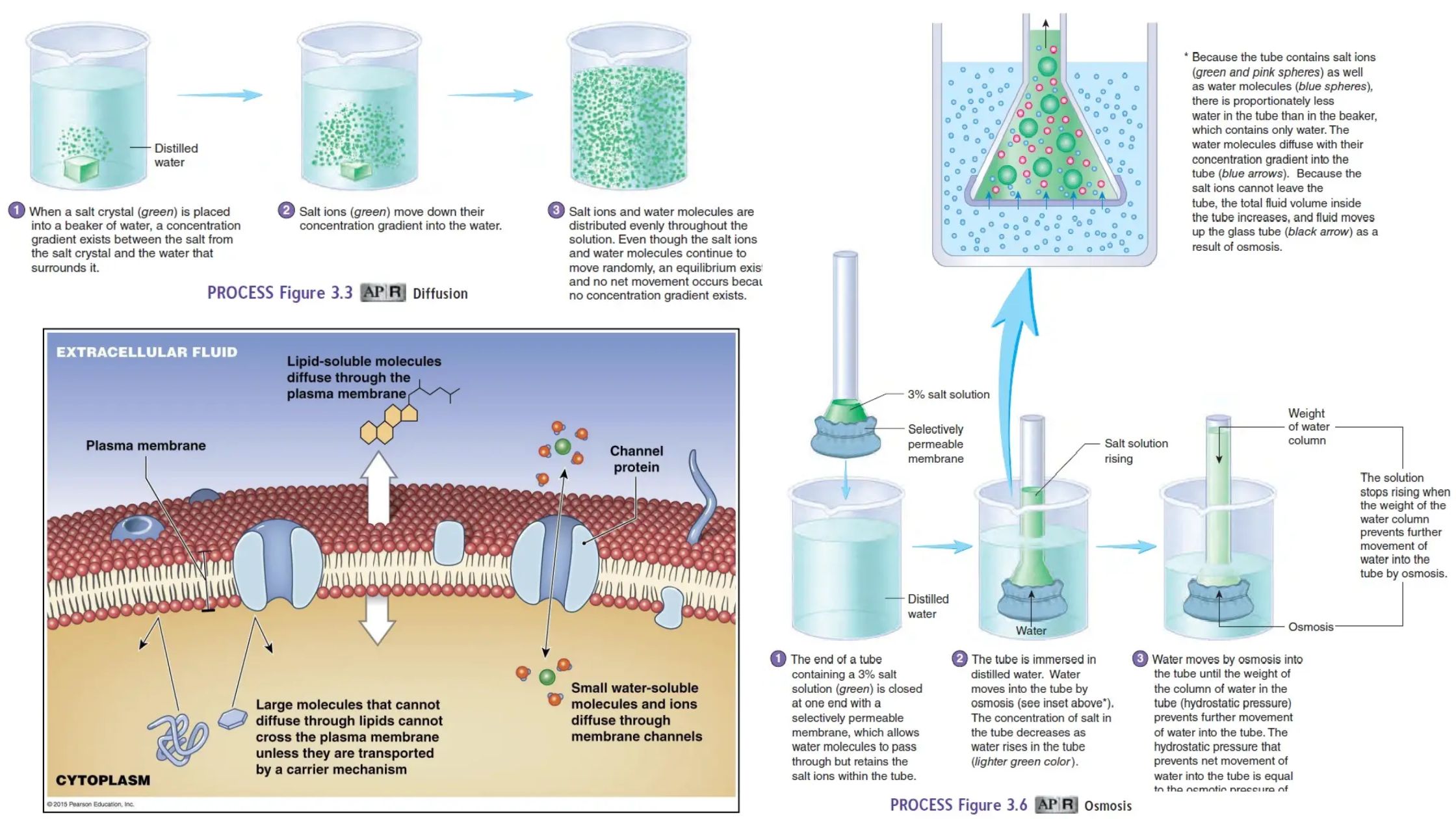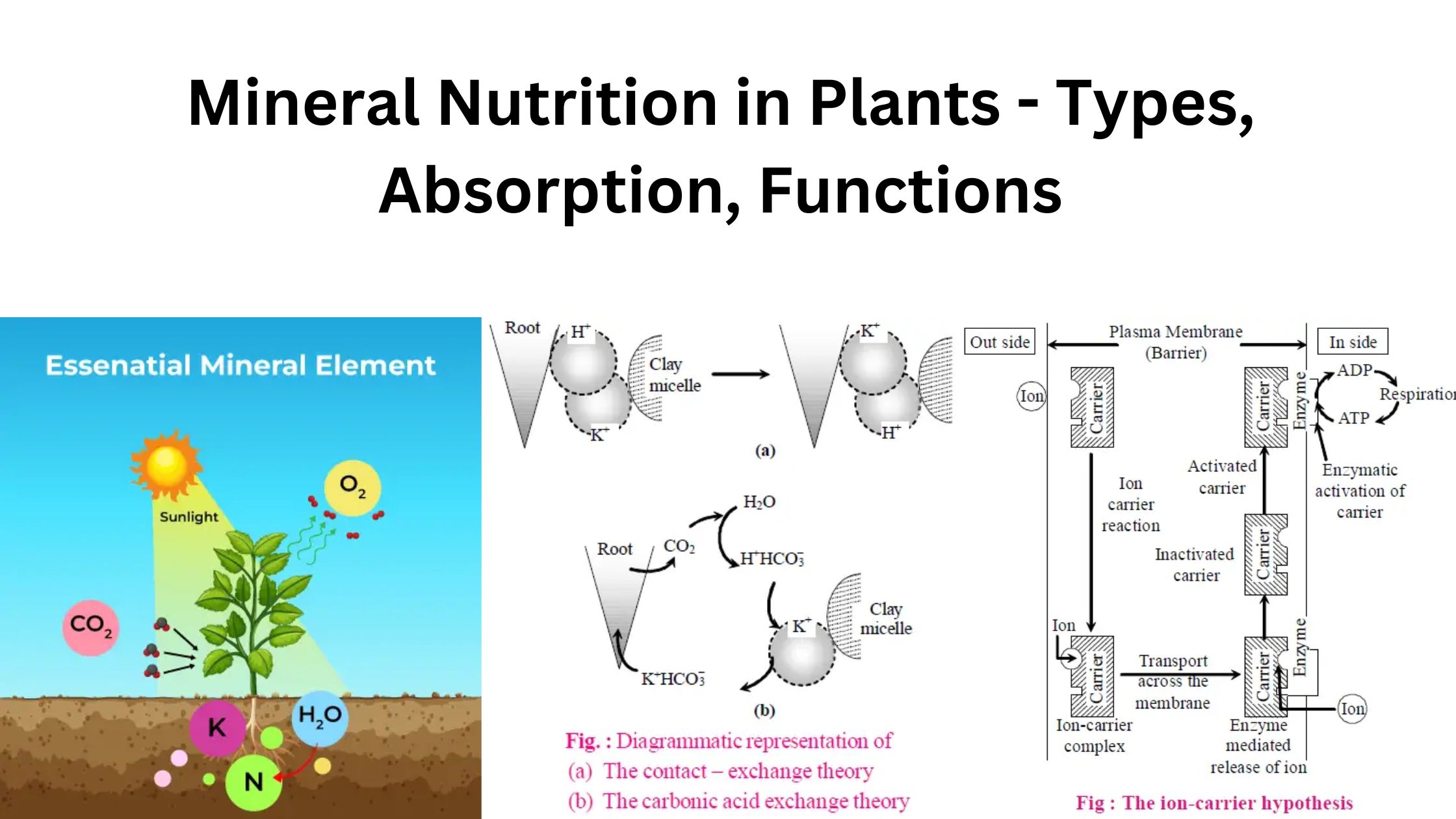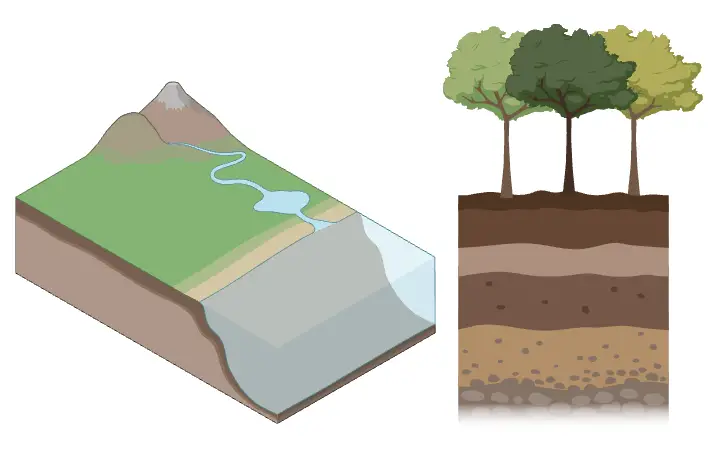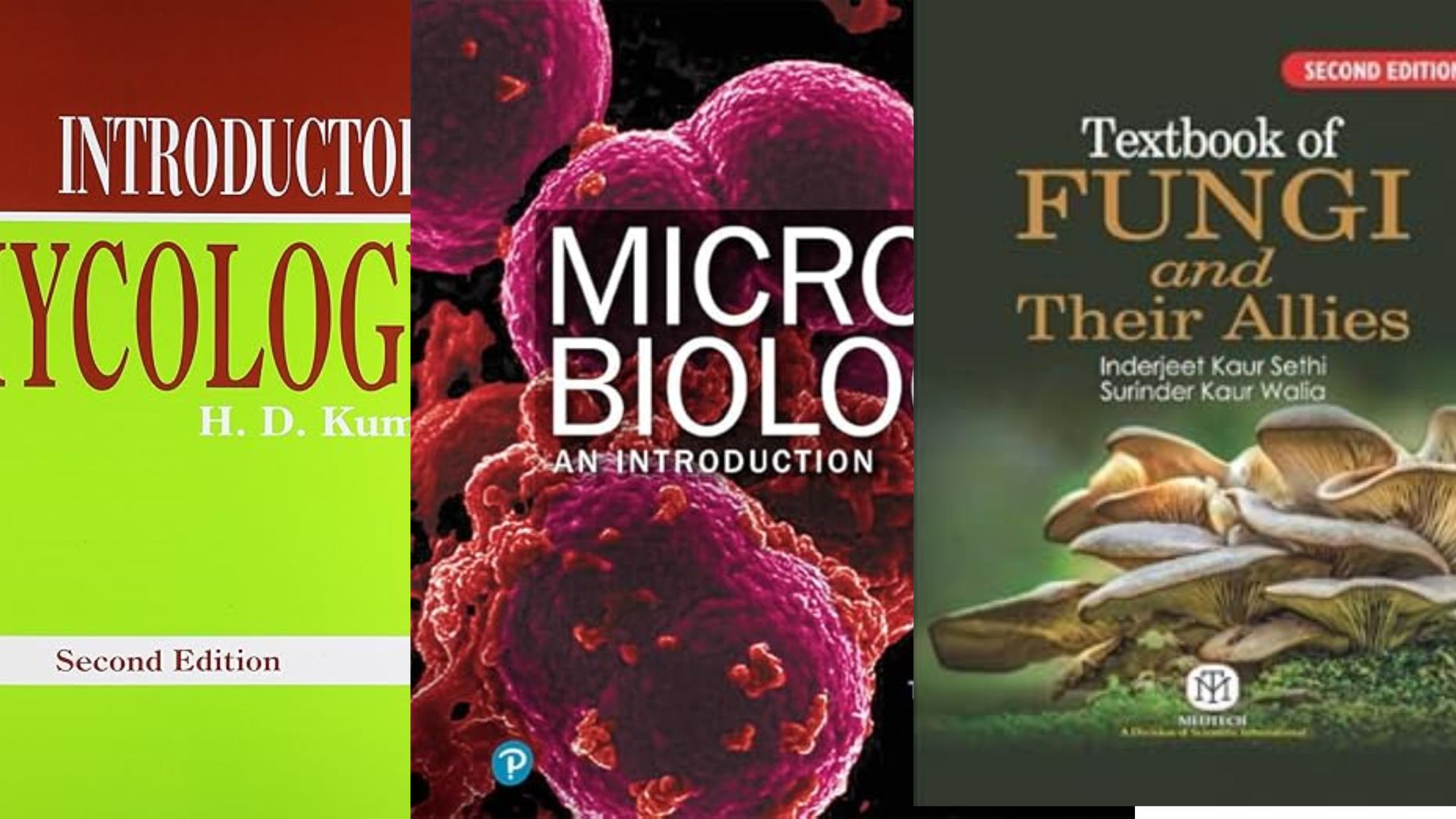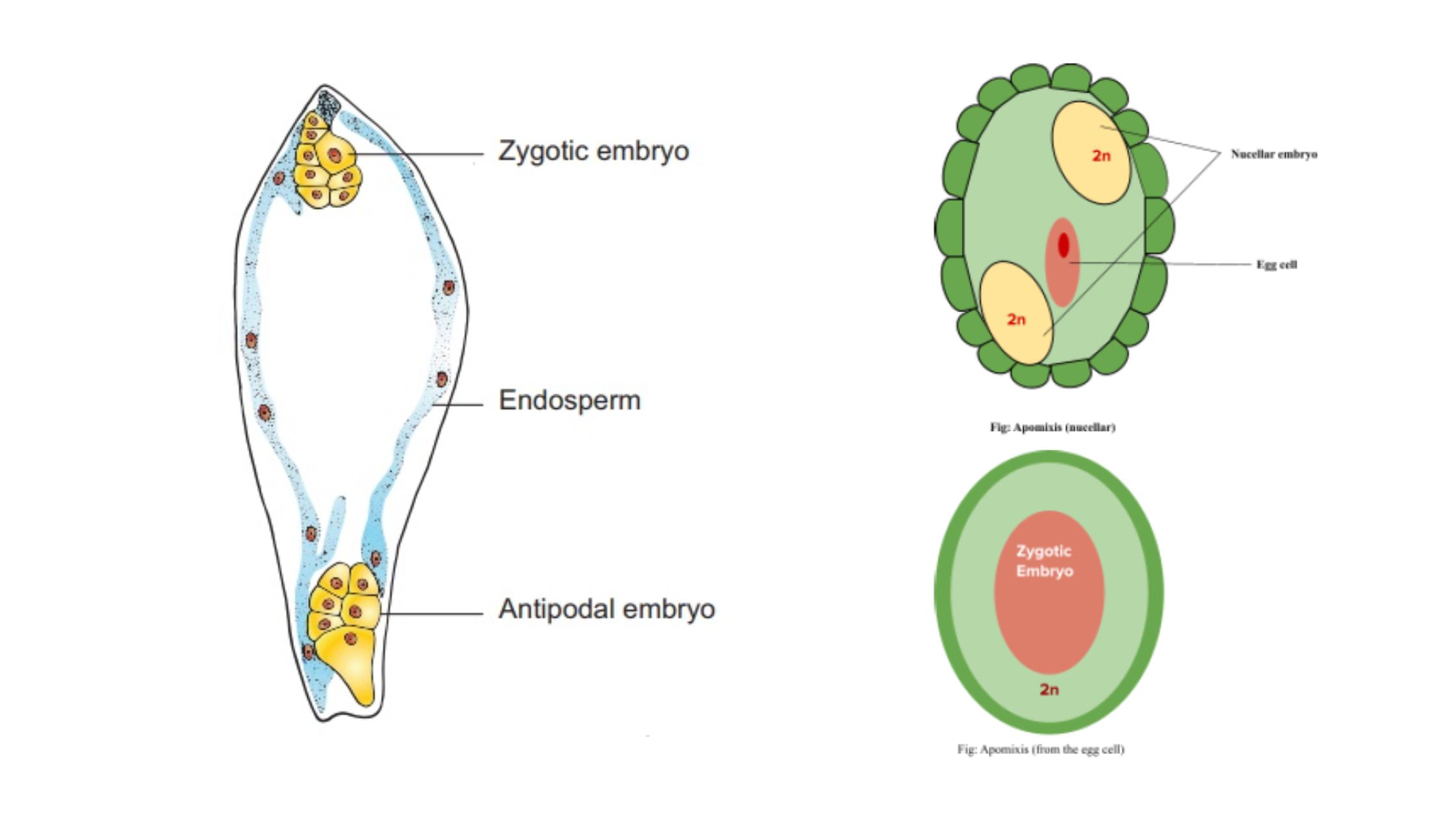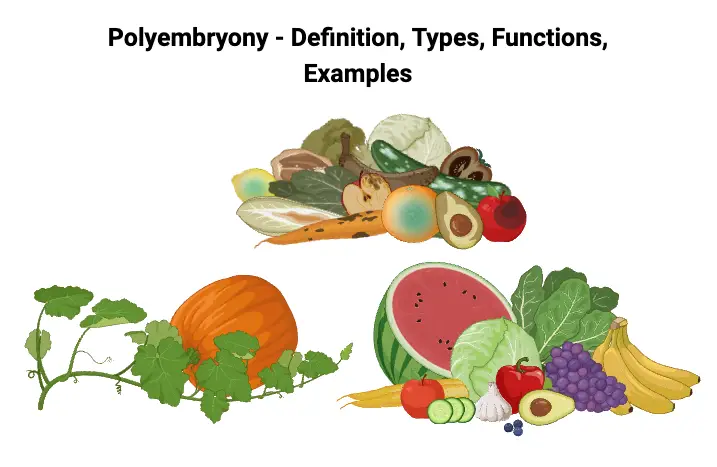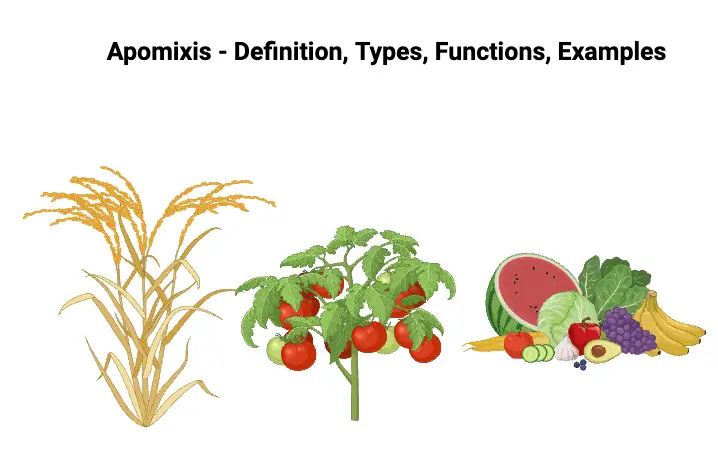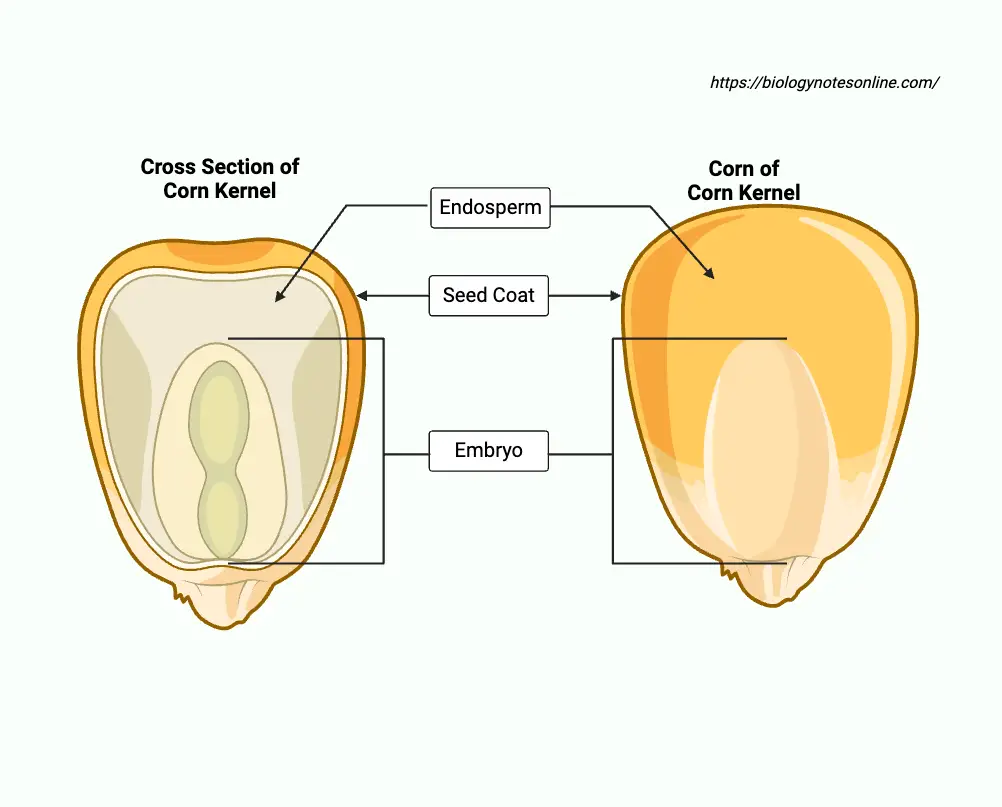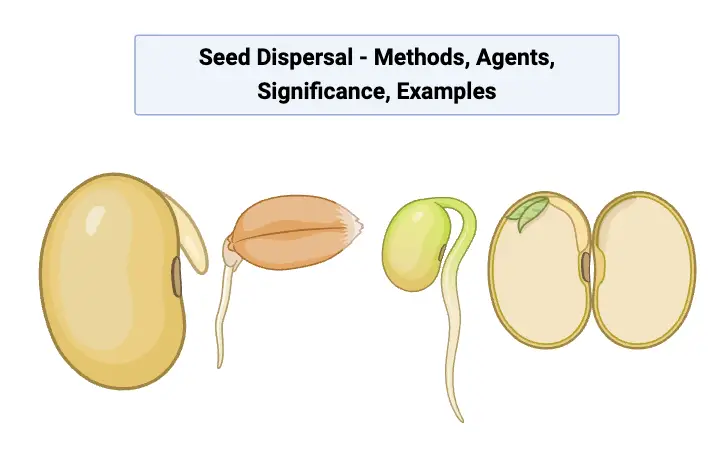Transport of Ions across cell membrane – Active and passive transport, carriers, channels and pumps
The transport of ions across the cell membrane is a fundamental process necessary for maintaining cellular homeostasis. The plasma membrane, acting as a selectively permeable barrier, allows certain substances to enter or leave the cell, ensuring proper balance between the intracellular and extracellular environments. This selectivity is crucial for the regulation of essential molecules such … Read more
